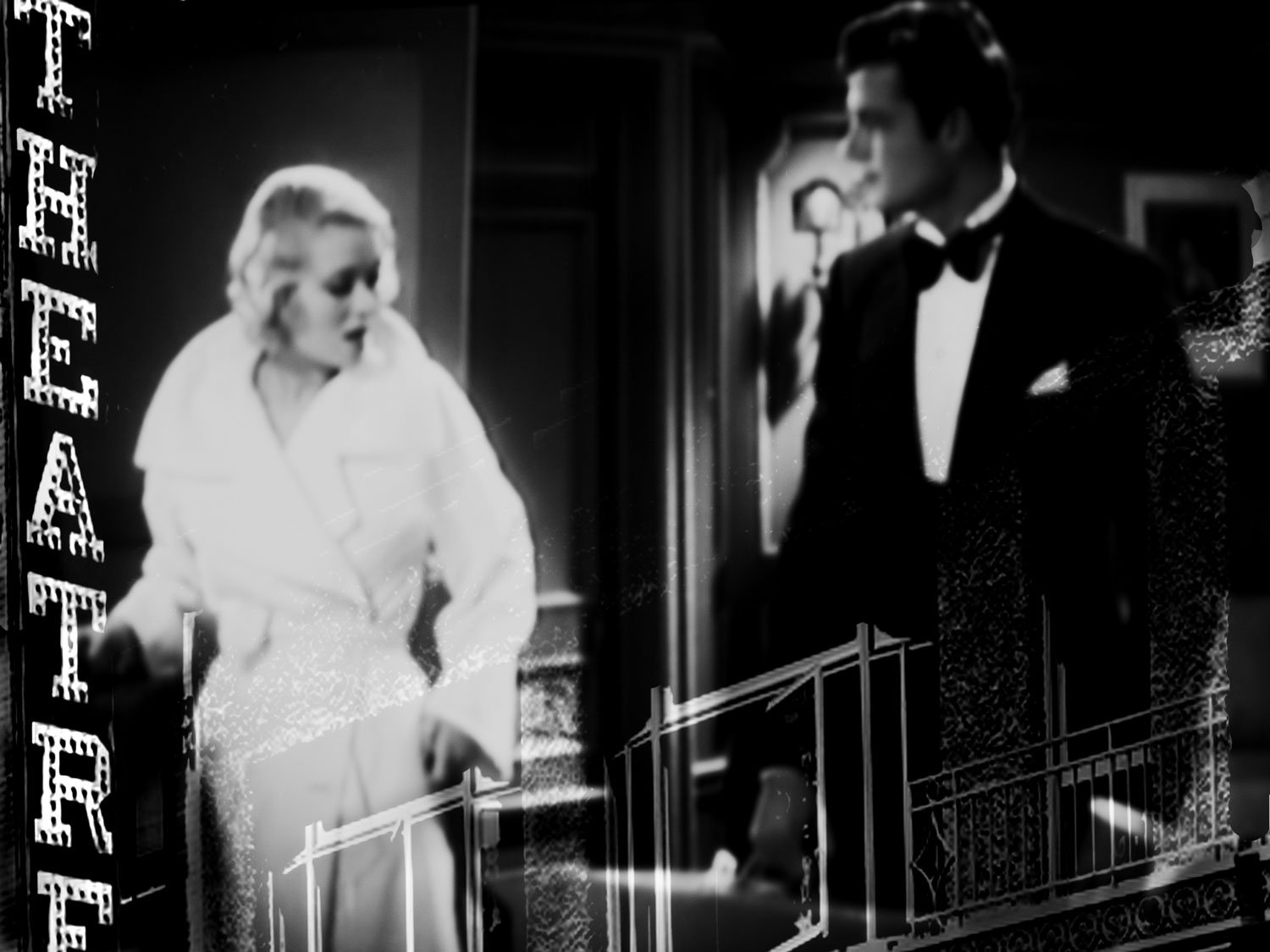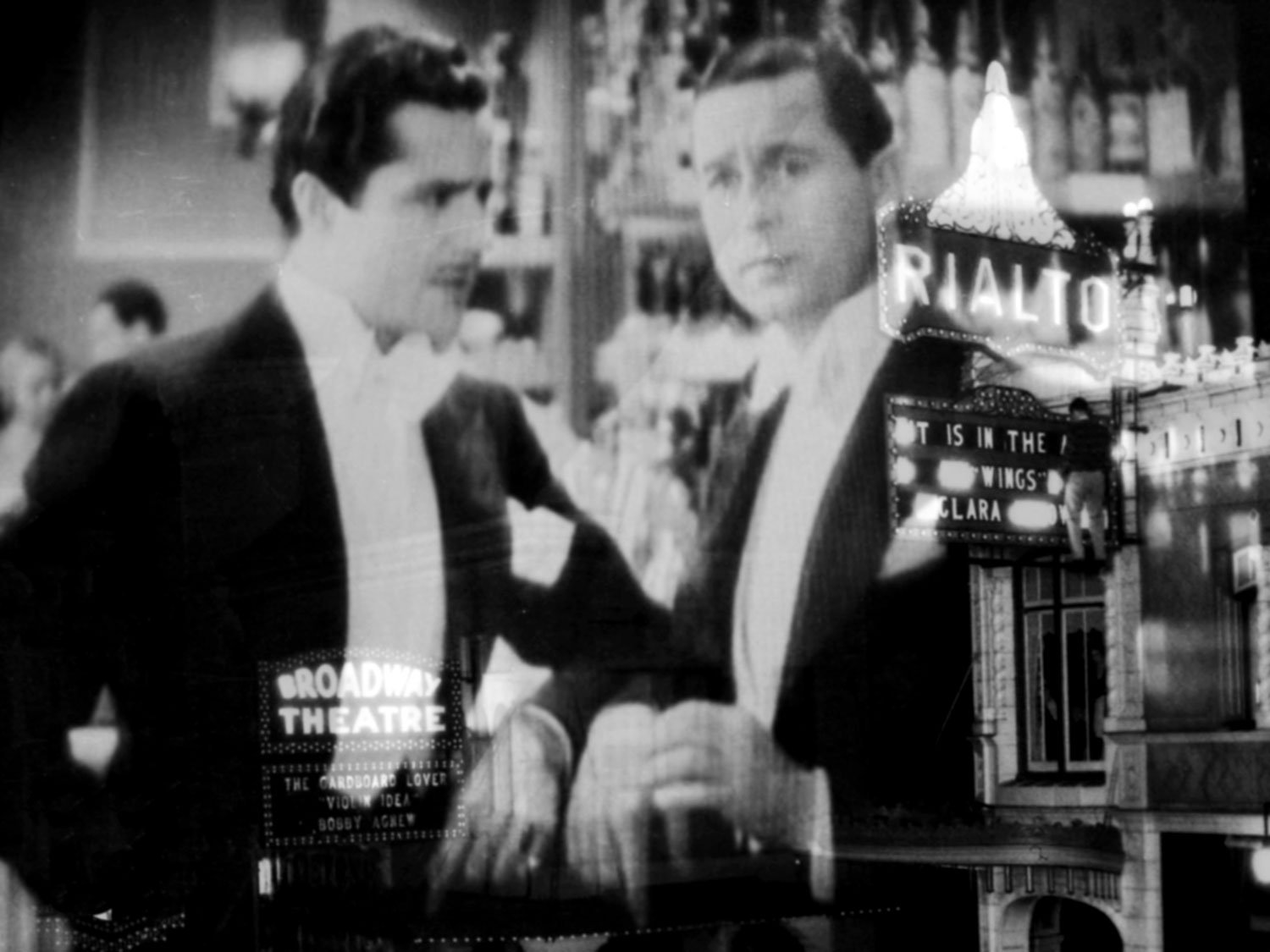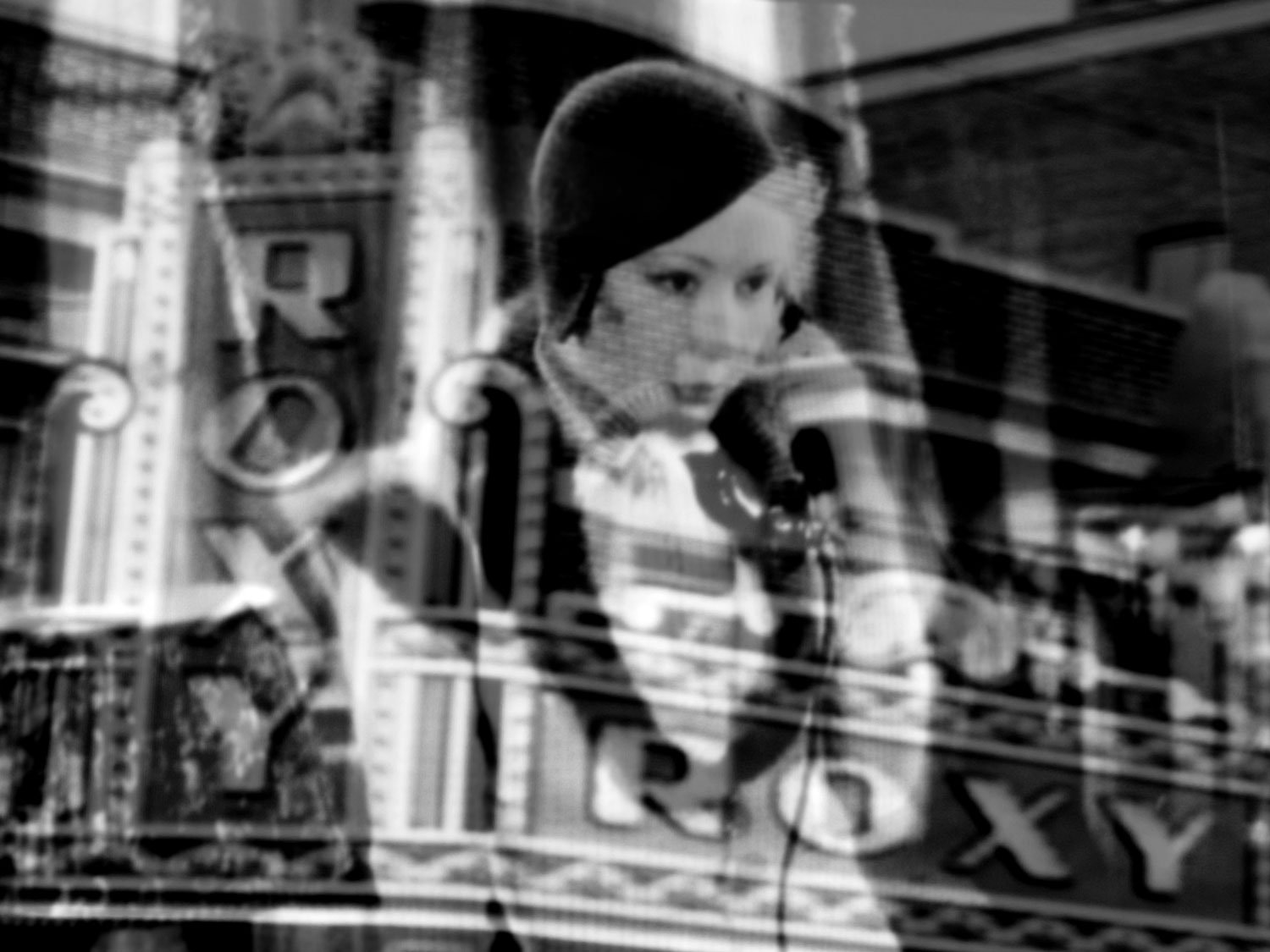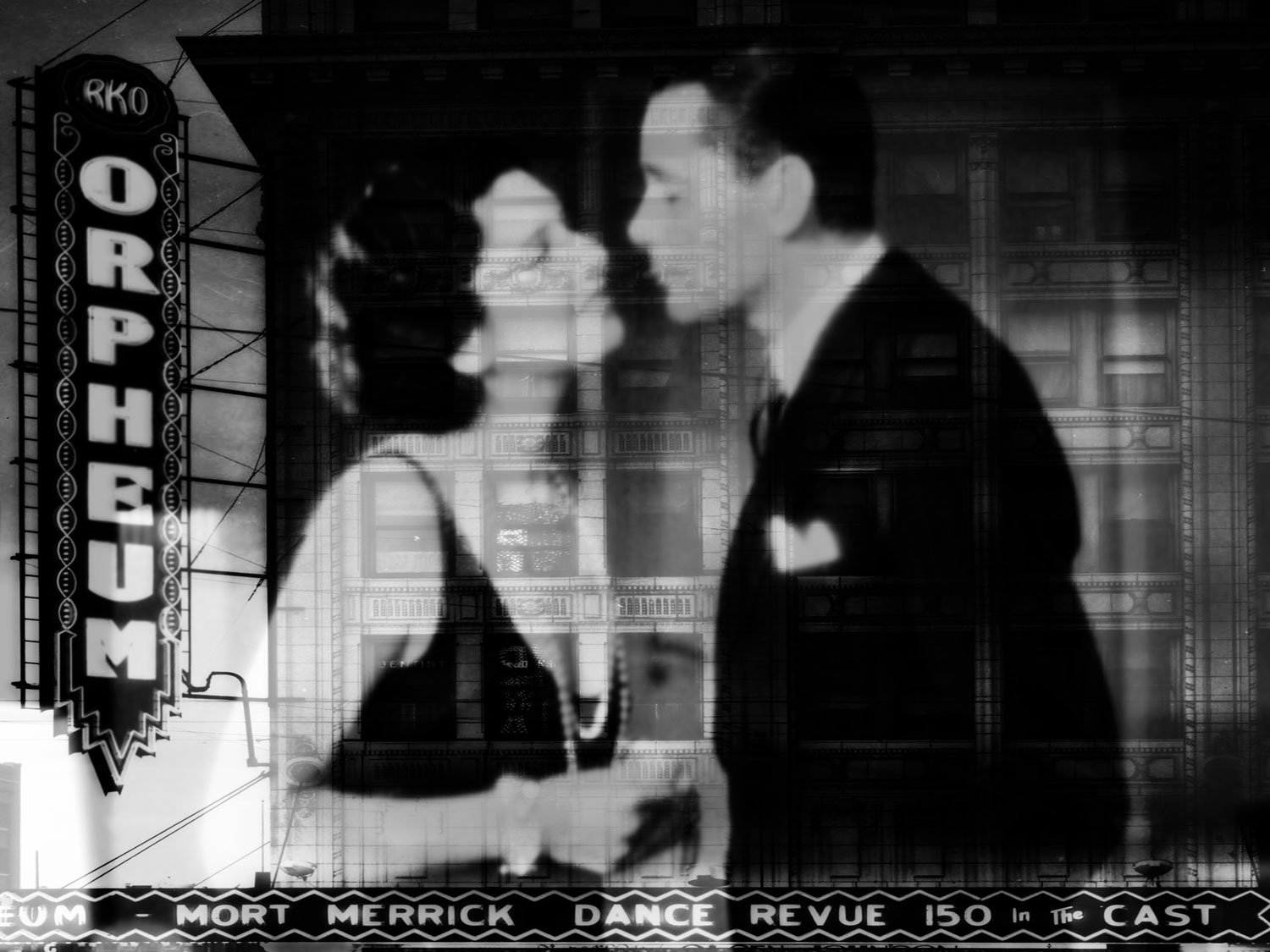TINSELTOWN DISTRACTIONS
T he theater grows quiet as the curtains part, the mechanical clicking turns into a steady hum and a giant screen crackles to life with light, sound, and movement. The pure magic of being transported into another exciting reality was the gift of the Golden Age of Hollywood. Motion pictures produced during this era enchanted the entire world. Millions went to grand movie palaces each week to escape their stressful and mundane lives and watched larger than life stars decked out in impeccable tuxedos with top hats and starlets shimmering with jewels in gorgeous evening gowns who danced the night away and fell in love. The 1930s are referred to as the Golden Age because of the quality and quantity of the films made during this period. Twenty-two films from this era are on the American Film Institutes’ list of the 100 greatest movies of the twentieth century. Films produced prior to 1934 or pre-Code films were especially indulgent because of their suggestions of sex, sin, and sordidness and sometimes the musical surprise with extravagantly choreographed dance numbers. The principal legacy for Tinseltown from this era was the enduring allure of these films where if only for a few hours we could experience.
Enhancing the glamour and grandeur of films during the Golden Age, movie palaces were constructed all over the country. These magnificent buildings were a major factor in making the experience of going to the movies magical. Their lavish marquees blazing with a thousand lights beckoned you to step inside and forget your troubles for a mere 35¢ per ticket. By the 1930s an estimated 80 million people a week were watching some of the best movies ever made in the most architecturally amazing buildings of the day. Attending a film at one of these movie palaces, where some could seat over 3,000, was a true event. These theaters set new standards for luxury and extravagance featuring intricate architectural details, plush carpets, and most importantly air conditioning. They were also significant sociologically as they became an equalizer to society with patrons spanning the wealthiest to the working class. The creation of movie palaces was as equally vital to the popularity of the Golden Age as the movies themselves, by creating a grand physical environment from which one could escape everyday life and be transported to a more glamorous reality.
With the stock market crash of 1929, the decade of the roaring twenties came to an abrupt end. By 1933 unemployment hit an all-time high with an estimated 25% of people out of work. Political strife was extremely high and life had dramatically changed for a vast majority. With the economic devastation facing many, coupled with an uncertain future, there was a need for an escape. With a quarter of the workforce unemployed, leisure time was plentiful and films provided the perfect solution. Over 90% of the population went to the movies each week during the 1930s. The timeless beauty of the films created during the Golden Age was the antidote to the troubling times. These films transported audiences to worlds filled with glamour, fashion and elegance. Movies grew and thrived during the Great Depression in large part because of everyone’s natural desire to escape the uncertainty, stress, and hardship of their lives. It has been on record the need for escapism had never been greater in US history… until possibly now.



